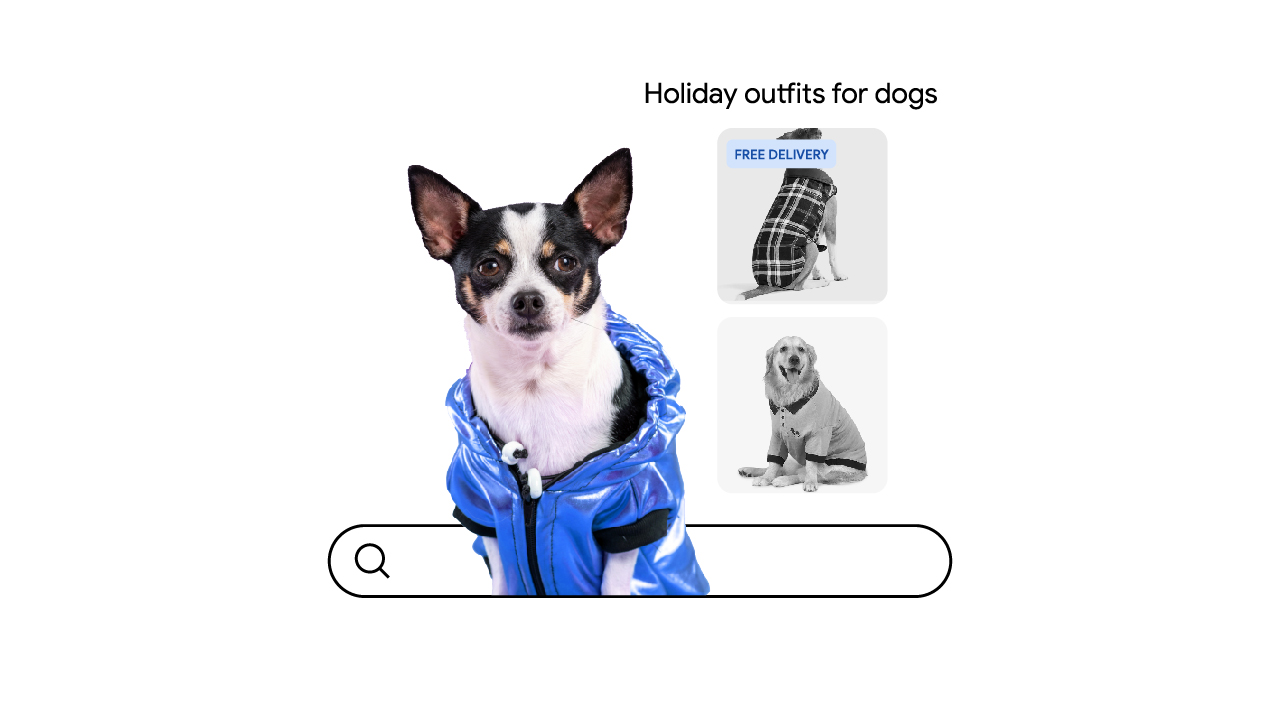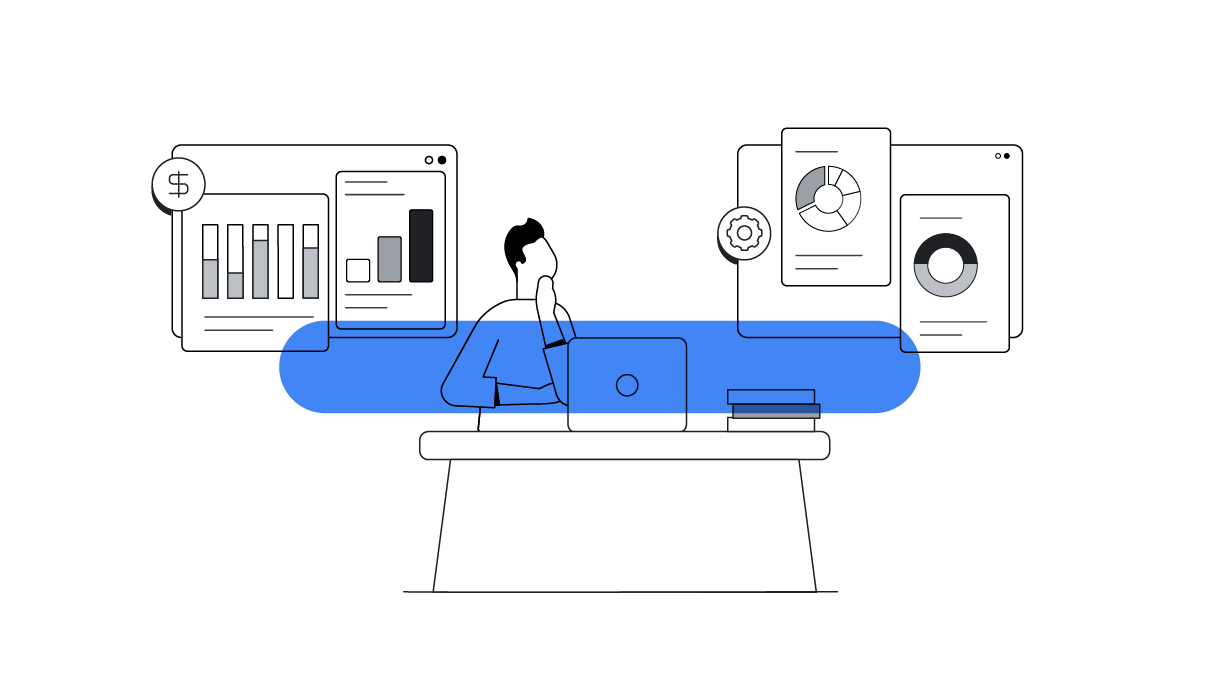HTML5 (H5) games are on the up and up, and for both game developers and non-gaming publishers, the rise of these web-based, click-to-play casual games is an opportunity to grow bottom lines.
The beauty of H5 games is that they’re easily accessible anywhere and on any device. Anyone can play these games via an app or a web browser, and on mobile or desktop. Coupled with the casual gaming trend that’s on the rise, you’ve likely seen people immersed in H5 games such as “Daily Solitaire” and “Jewel Blocks.”
The ascent of H5 games has also been fuelled by recent advancements in H5 gaming technology, which have made these games easier to create and integrate across platforms, and its gameplay as immersive as that of gaming apps. Third-party game engines like Cocos have further enabled game developers to effortlessly create rich, 3D web-based games that are playable across platforms.
With the global H5 games market forecasted to expand from $832.21 million in 2022 to $2.69 billion by 2027,1 there’s an opportunity for game developers and non-gaming publishers, including websites and apps, to ride the popularity of H5 gaming. The game plan for growth: acquire new users, increase user engagement, and generate new revenue streams.
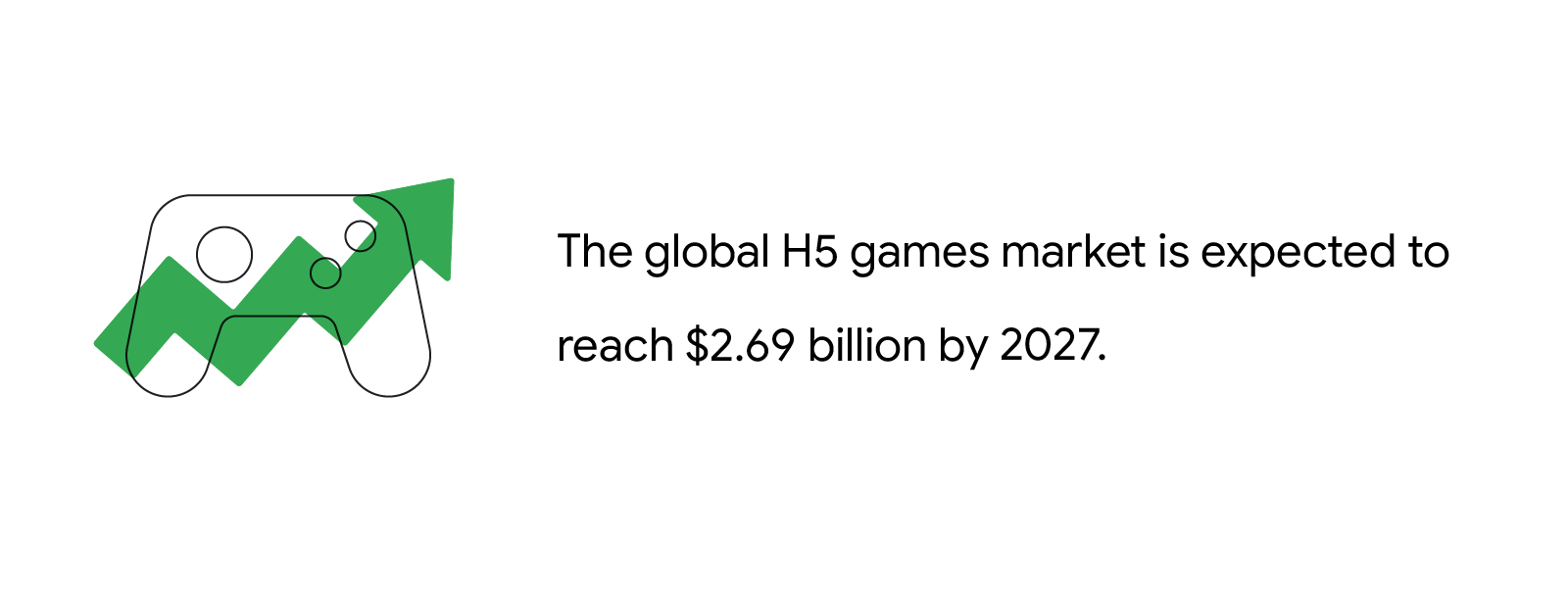
Game developers can use H5 games to grow bottom lines
In today’s competitive gaming market, where 65% of all in-app purchase revenue goes to the top 100 games, H5 games provide developers a new way to grow revenue without high development costs, and through game monetisation.
H5 games are more cost-efficient to create than traditional games. Unlike dedicated gaming apps, which tend to be feature-heavy, H5 games are bite-sized and require less engineering resources and development lead time. Typically, an H5 game can be built and published in less than a week, and because these games are web-based, there’s no need for app publishing tools, which further reduces development cost.
The shortened build time also means developers can more quickly unlock new revenue streams from the game through game monetisation. One way to do this is with H5 Games Ads (beta), which mobile gaming app developer Kingame used to overcome low retention rates and revenue.
By incorporating the H5 game Ad Placement API into its H5 games, Kingame was able to show interstitial ads during natural game breaks, such as when a screen loads. The in-game advertising allowed players to interact with the playable ad, get in-game rewards, and keep playing. This game monetisation solution significantly improved game retention for Kingame, with user session times increasing 50% and its revenue growing by 3X.
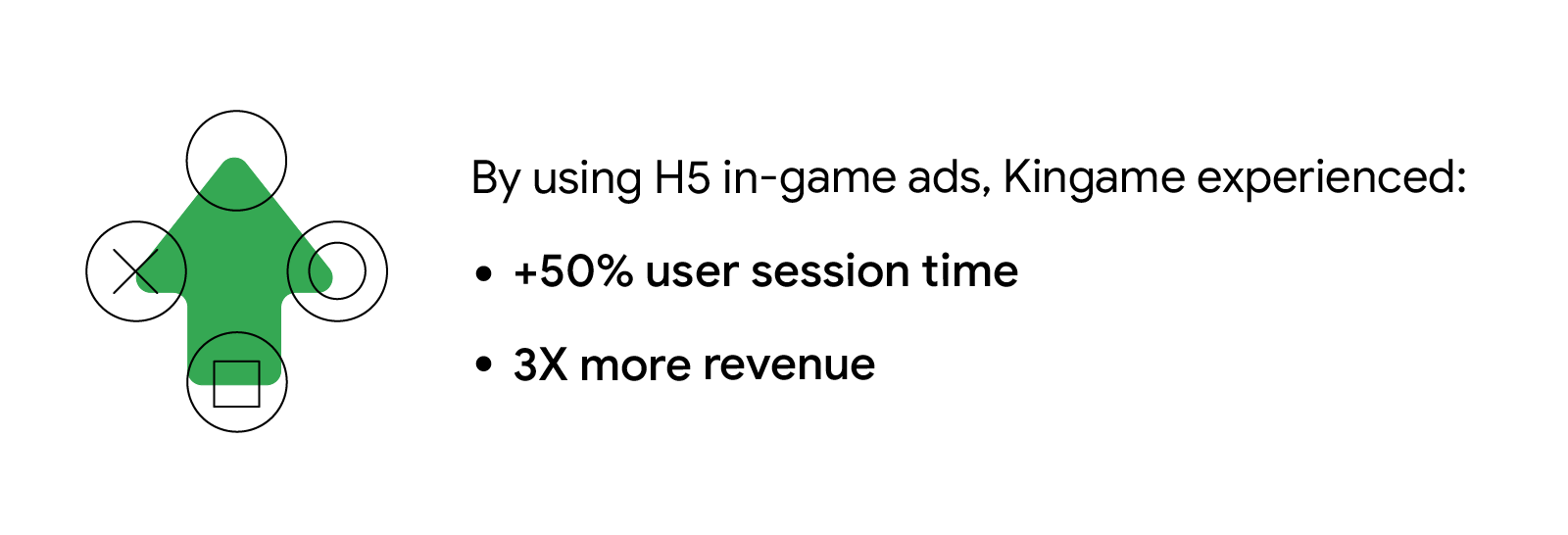
The ability to earn revenue through game monetisation isn’t limited to self-published games. You can distribute your H5 games with third-party publishers using AdSense for Platform. Its revenue-sharing feature means that you’ll directly receive ad revenue payments when third-party publishers use your games for in-game advertising.
Non-gaming publishers can use H5 games to elevate content and grow engagement
Non-gaming publishers, such as apps and websites for social media, payments, and even weather forecasts can also make use of H5 games’ immersive and dynamic gameplay to enrich their platform content. This increases user engagement and unlocks revenue through deepened engagement. That’s what Google Pay did to increase engagement on the digital wallet and payment platform.
During the 2019 Cricket World Cup, Google Pay launched a third-party H5 cricket game with social sharing features in its app. The game rapidly shot to popularity — people shared their scores online and uploaded game tutorials on YouTube — and engagement on Google Pay similarly increased.
Indeed, you don’t have to be an expert game developer to unlock the power of H5 games for your platform. As a non-gaming publisher, you can collaborate with third-party game content providers to create your desired game or integrate existing H5 games onto your platform.
If you need help getting started, consider working with Google Certified Publishing Partners to set up and optimise your H5 games. These partners can also help you monetise game content using H5 Games Ads (beta) and generate new revenue streams.
A non-gaming publishing partner that used H5 games to successfully grow its earnings is WOSO CPSense. The content aggregation platform added H5 games to its platform and used the H5 Games Ads (beta) solution to help its clients, other non-gaming publishers, increase ad viewability by 50% and grow revenue by 20%.
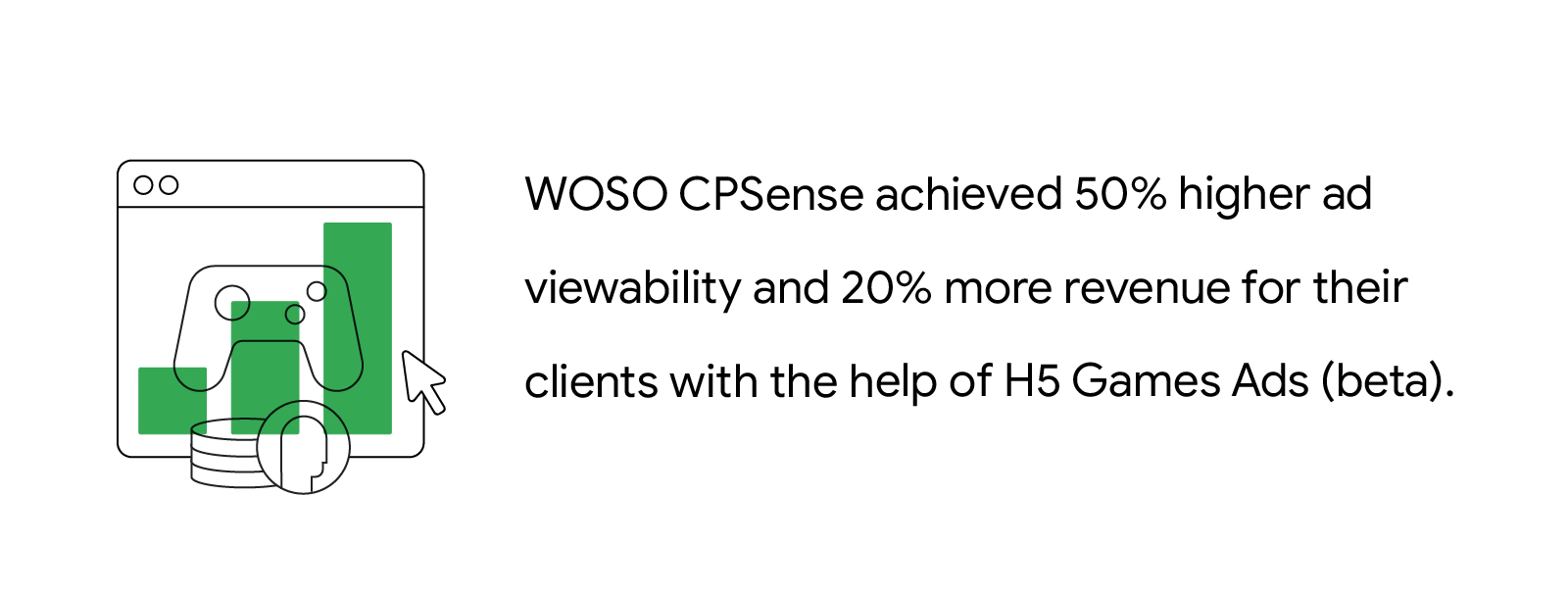
The rise of H5 games is an important opportunity for game developers and non-gaming publishers to attract new users, deepen engagement with existing users, and unlock incremental revenue. With the right resources and game monetisation solutions, such as third-party game engines, game content providers, and H5 Games Ads (beta), developers and publishers can level up quickly to ride this wave of growth.

